The lead room principle in photography is a simple but essential part of compositional technique. It is used in portraiture, fashion, boudoir, event, and wedding photography.
What Is Lead Room in Photography?
Lead room is the negative space ahead of where the subject of an image is facing. This leads to a well-composed and visually appealing picture. You will also notice lead room in filmography. When a character is looking to the right, they are placed on the left side of the frame. This way, there is negative space on the right side of the frame. In the case of moving objects, lead room is given in front of the object in the direction it is traveling. Otherwise, the object loses its sense of motion and direction in the image. Also, the negative space draws the viewer’s attention.
Why Is Lead Room Important?
The lead room compositional technique is important to bear in mind, even if you are trying to break the rule to be creative. Altering the lead room has the potential to change the mood or feeling of an image. It can add tension and make the scene feel uncomfortable. When you don’t leave enough space for the subject, it creates a frustrating feeling in the viewer. Because of psychological reasons, we like to see that the subject is moving or looking somewhere. We don’t like it when a subject is too close to the frame without enough lead room. It creates a suffocating impression. For example, have a look at the image below. It’s cropped and has no lead room in the direction the woman is facing. This gives the impression that the frame is too small. All these attributes create an image that feels strange and unappealing. Now have a look at the original photograph. Thanks to the nose room, we don’t feel like the woman is squeezed into a tight frame. By showing more details from the background provide, the image has more context and is more interesting. The viewer’s attention is held for longer as they engage with the scene. Now let’s have a look at the next image of a red car. It’s not unusual to see images of the rear of cars, but here the image looks strange. By having negative space behind the car, it is difficult for the viewer to connect with the motion of the car. The viewer will notice the motion blur in the background which feels disconnected from the car. In the image below, the car is placed in a third of the frame, and there is plenty of lead room in front of the car. There is a clear difference from the cropped image above, and the viewer can now feel the car’s motion forward. In the next image, we see a climber leaving the beach and climbing up. Because of the limited lead room, we don’t know what is in front of the climber. This takes away from the narrative of the image. Let’s compare this to the image that does have lead room. The lead room in front of the subject helps the viewer connect with where the subject is going and what awaits them on their journey.
How to Apply Lead Room to Your Photography?
The lead room principle is not a rule, but more of a guideline for good composition. Sometimes you will find that including lead room takes attention away from the subject of the photo. In this case, you want to make sure that the space in front of the person is still bigger than the space behind them. You can apply the lead room principle to living subjects, such as humans and animals, and objects in motion, such as motorbikes or cars. If you want to practice using the lead room, we suggest you try and apply it as often as you can. Leave negative space in your portrait shots, even if you later decide you like the picture better without the extra room. Viewers tend to prefer extra lead room towards the subject is looking. Too little lead room creates a feeling of alienation. You can also experiment with the lead room and leave an extra-large negative space where your subject is facing. For example, look at the image of the horse and its rider below. The extra-large negative space creates a striking image. It gives us an impression of freedom and the viewer can imagine the horse galloping across the scene.
Conclusion
The most important thing to remember is that lead room will help to improve your composition. Without it, you can unintentionally frustrate viewers and create “suffocating” images. Try and apply the lead rood whenever you can. Use it in portrait, landscape, sports and street photography. Experiment with the lead room enough and when you feel ready, you can break the rule and compose an even more unique picture!
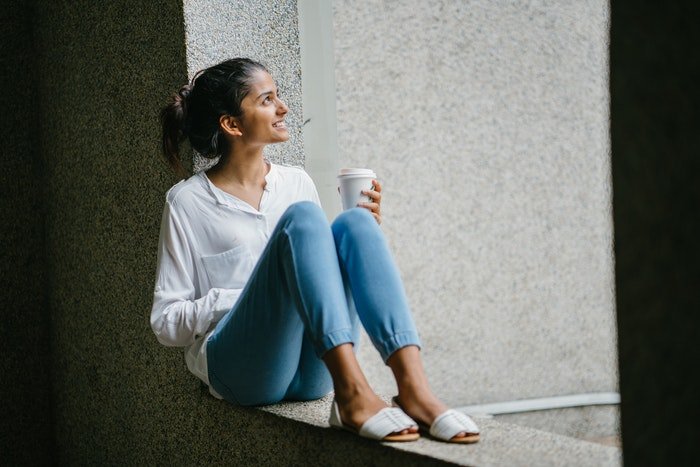

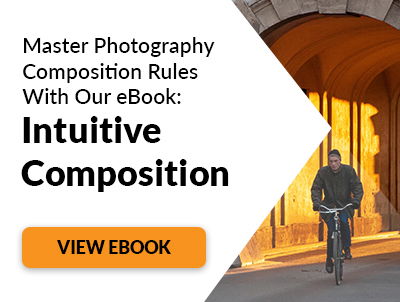
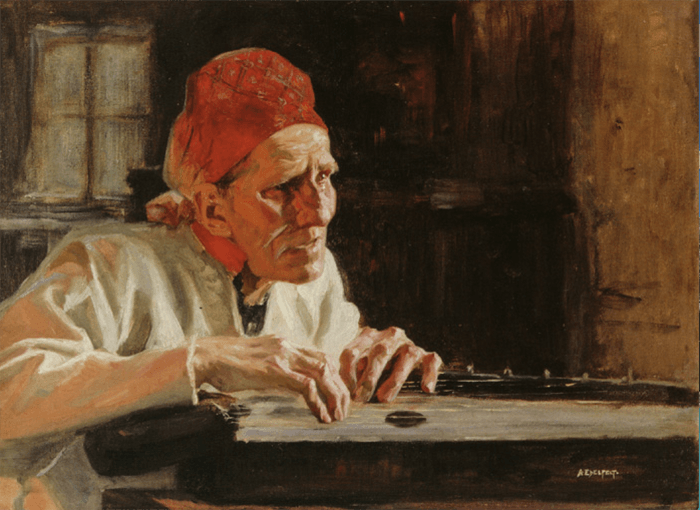

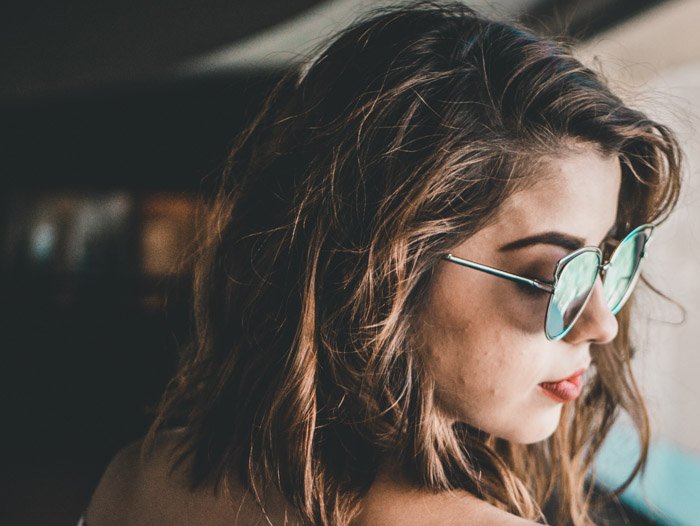
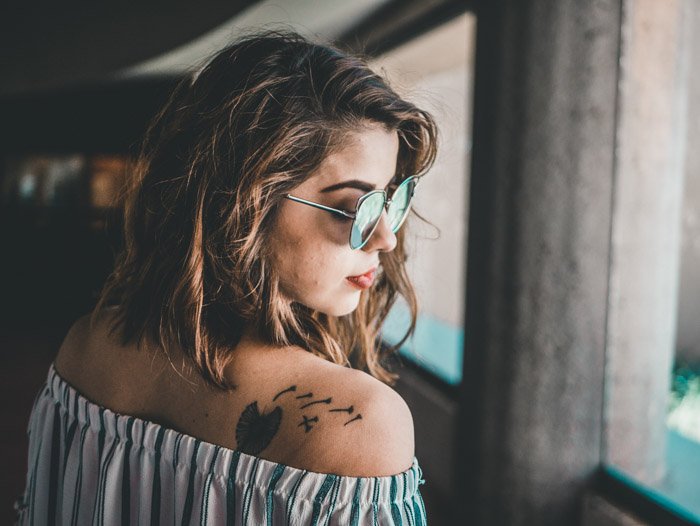


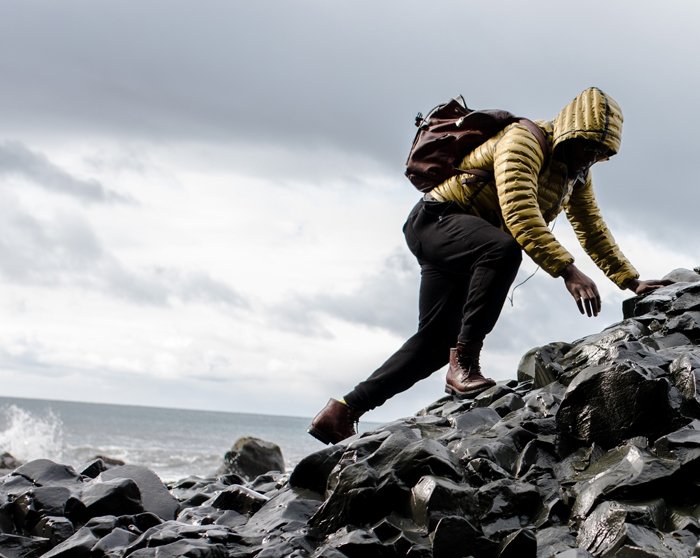
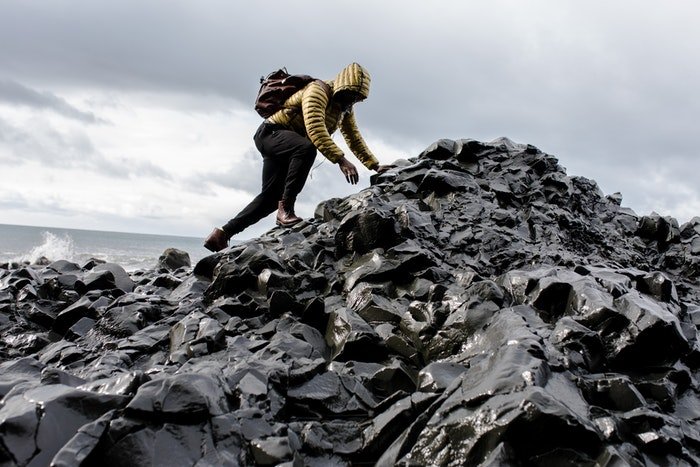

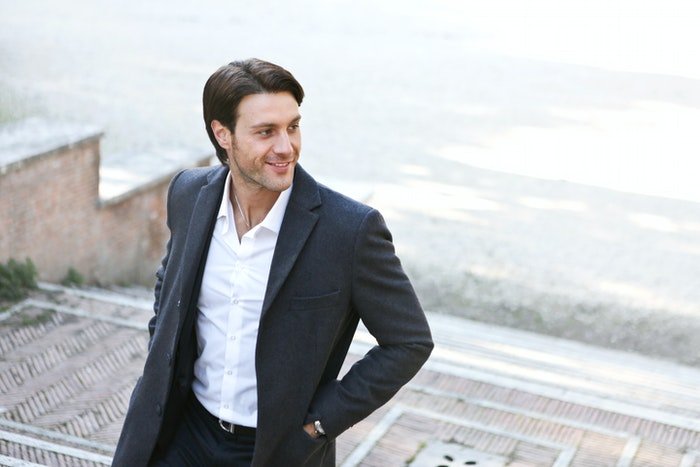
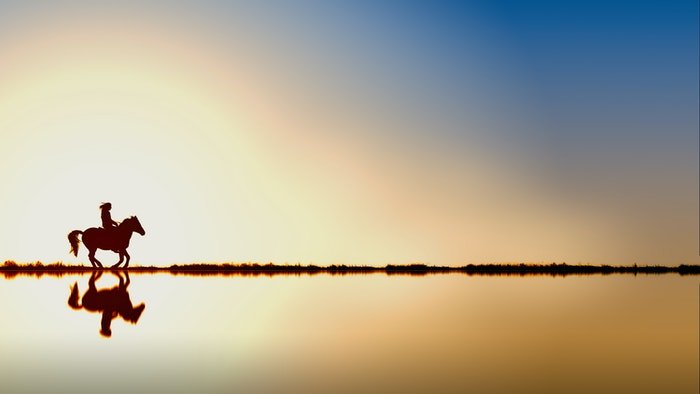
title: “What Is The Lead Room Principle In Photography Composition " ShowToc: true date: “2023-01-01” author: “Anne Gracia”
The lead room principle in photography is a simple but essential part of compositional technique. It is used in portraiture, fashion, boudoir, event, and wedding photography.
What Is Lead Room in Photography?
Lead room is the negative space ahead of where the subject of an image is facing. This leads to a well-composed and visually appealing picture. You will also notice lead room in filmography. When a character is looking to the right, they are placed on the left side of the frame. This way, there is negative space on the right side of the frame. In the case of moving objects, lead room is given in front of the object in the direction it is traveling. Otherwise, the object loses its sense of motion and direction in the image. Also, the negative space draws the viewer’s attention.
Why Is Lead Room Important?
The lead room compositional technique is important to bear in mind, even if you are trying to break the rule to be creative. Altering the lead room has the potential to change the mood or feeling of an image. It can add tension and make the scene feel uncomfortable. When you don’t leave enough space for the subject, it creates a frustrating feeling in the viewer. Because of psychological reasons, we like to see that the subject is moving or looking somewhere. We don’t like it when a subject is too close to the frame without enough lead room. It creates a suffocating impression. For example, have a look at the image below. It’s cropped and has no lead room in the direction the woman is facing. This gives the impression that the frame is too small. All these attributes create an image that feels strange and unappealing. Now have a look at the original photograph. Thanks to the nose room, we don’t feel like the woman is squeezed into a tight frame. By showing more details from the background provide, the image has more context and is more interesting. The viewer’s attention is held for longer as they engage with the scene. Now let’s have a look at the next image of a red car. It’s not unusual to see images of the rear of cars, but here the image looks strange. By having negative space behind the car, it is difficult for the viewer to connect with the motion of the car. The viewer will notice the motion blur in the background which feels disconnected from the car. In the image below, the car is placed in a third of the frame, and there is plenty of lead room in front of the car. There is a clear difference from the cropped image above, and the viewer can now feel the car’s motion forward. In the next image, we see a climber leaving the beach and climbing up. Because of the limited lead room, we don’t know what is in front of the climber. This takes away from the narrative of the image. Let’s compare this to the image that does have lead room. The lead room in front of the subject helps the viewer connect with where the subject is going and what awaits them on their journey.
How to Apply Lead Room to Your Photography?
The lead room principle is not a rule, but more of a guideline for good composition. Sometimes you will find that including lead room takes attention away from the subject of the photo. In this case, you want to make sure that the space in front of the person is still bigger than the space behind them. You can apply the lead room principle to living subjects, such as humans and animals, and objects in motion, such as motorbikes or cars. If you want to practice using the lead room, we suggest you try and apply it as often as you can. Leave negative space in your portrait shots, even if you later decide you like the picture better without the extra room. Viewers tend to prefer extra lead room towards the subject is looking. Too little lead room creates a feeling of alienation. You can also experiment with the lead room and leave an extra-large negative space where your subject is facing. For example, look at the image of the horse and its rider below. The extra-large negative space creates a striking image. It gives us an impression of freedom and the viewer can imagine the horse galloping across the scene.
Conclusion
The most important thing to remember is that lead room will help to improve your composition. Without it, you can unintentionally frustrate viewers and create “suffocating” images. Try and apply the lead rood whenever you can. Use it in portrait, landscape, sports and street photography. Experiment with the lead room enough and when you feel ready, you can break the rule and compose an even more unique picture!













